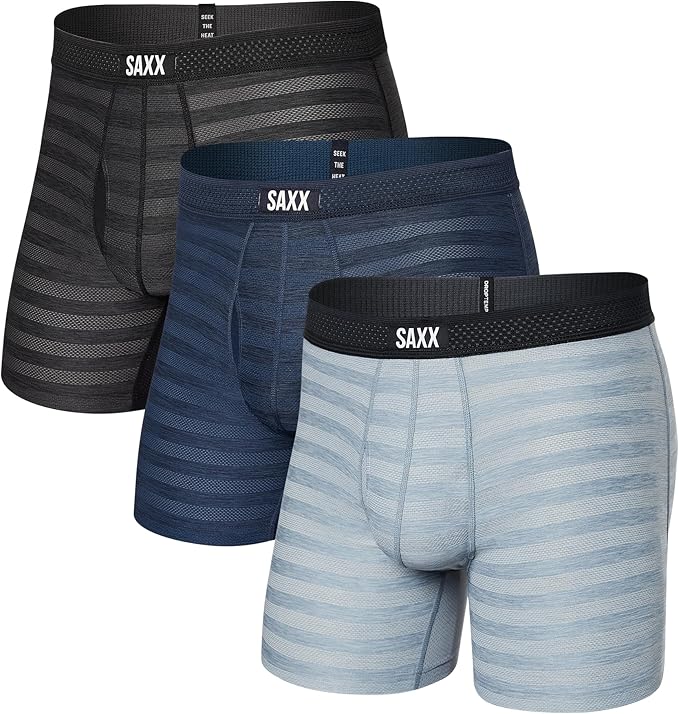Full Analysis of the Underwear Manufacturing Process
1. Design
The design is the essence of underwear manufacturing. Bras, in particular, need to fit snugly, stay in place, and remain breathable during movement. Designing underwear requires a comprehensive understanding of human aesthetics, ergonomics, and material properties, such as yarn direction, elasticity, and functionality. Designers must balance artistry and practicality in their work. Bras are typically divided into two size categories—European and Asian—each further divided into six types, with each type available in about ten sizes. This ensures that women of different body shapes and breast types can find a suitable fit from the 60 available options. Once the model is determined, the designer’s focus shifts to creating a visually appealing and comfortable garment.
2. Materials
The materials used in bra production are quite varied. A standard bra may require over thirteen different materials, including the main fabric, lace, mesh, non-woven fabric, cotton knit or muslin, shoulder straps, elastic bands, steel wire, back hooks, adjustment rings, diagonal strips, decorative elements, and stitching. Based on the designer’s vision, the appropriate amount and type of each material are calculated, considering factors like functionality, elasticity, and yarn direction.
Sourcing high-quality materials can be complex. Despite the growth of domestic suppliers, only a few meet the required standards. Material sourcing often involves coordination across different countries and regions. For example, the main fabric might come from the British Benin Company, lace from France’s Nuoyang Lace Company, elastic frames from Brazil, and steel wires from Dalian, China. Due to minimum order requirements, assembling materials for trial production can be costly. Sourcing personnel must be knowledgeable about both the technical and financial aspects of the process to avoid waste and manage costs efficiently.
3. Production Process
Bra production is a collaborative effort involving multiple workers. The process begins with the development of a production plan by the technology department. On average, it takes over 600 seconds to produce a standard bra, though this time can vary depending on the complexity of the design. For instance, more intricate functional bras, such as those with soft beads or hydration bags, may take over 2,000 seconds per piece.
Each bra goes through 20 to 30 stages in the production process, using a variety of specialized sewing machines. Each worker is responsible for a specific stage, and a production line typically involves 20 to 30 workers. The stages include assembling the cup core, attaching lace, connecting the cups, sewing the left and right wings, attaching elastic bands, sewing shoulder straps, and adding decorative elements. Each stage has strict specifications regarding stitching, thread quality, worker technique, and time.
Workers are required to maintain synchronized movements, balanced working times, and consistent speeds. Throughout the process, quality checks are carried out, including self-inspections and peer inspections. Once production is complete, the bras undergo a final inspection by trained personnel to ensure no defects, such as broken needle particles, are present.
After passing these quality checks, the finished bras are packaged and sent to the warehouse. Before leaving the factory, they are inspected again by export commodity inspectors and the quality management team to ensure they meet all necessary standards.

